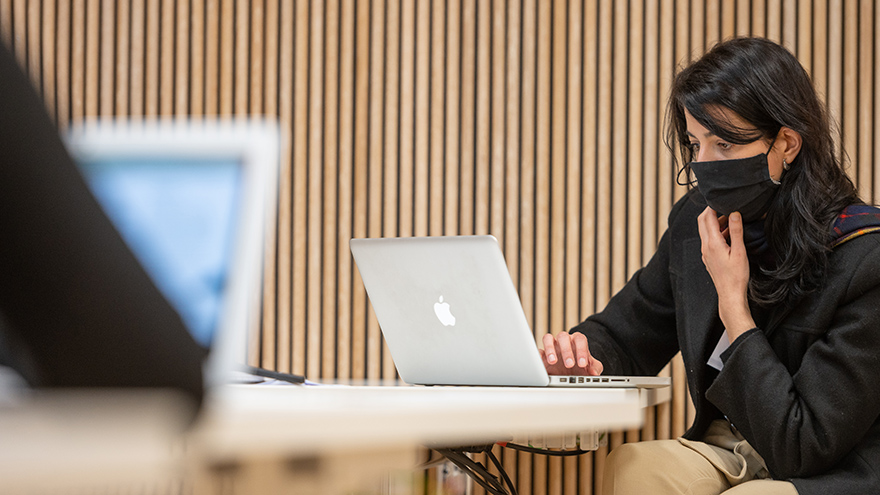Connect your research to your teaching for greater impact
How to use the case study method to bring your research into the classroom.

While your research and teaching may feel like distinct activities in your academic career, you can use the case method to mutually enhance the two areas and further your impact in the public policy world.
Case studies put students in the shoes of protagonists who must make difficult decisions. In the classroom, students practise applying knowledge and theories to the decision-making process.
By giving students a framework for dealing with complex problems and decisions through a lens of research and theoretical reference, you will help create future policymakers who are receptive to referring to and using research when dealing with real-world situations.
Cases are effective tools for turning scholarly insights into decision-focused discussion starters. At the Blavatnik School of Government, we use cases to connect academic research to classroom teaching in two ways: (1) to explicate existing theories and (2) to learn about uncharted phenomena.
1. Exploring existing theory
A case study can be a useful tool to help students explore known archetypes and theories. For this kind of teaching, the theory or tool is identified first – perhaps a newly published theory on interest group politics or a well-established tool for public budgeting – then a case is developed to illustrate it in a real-world scenario. The instructor can assign students the case study alongside a relevant article that illuminates the theory at hand.
In class, students discuss the case dilemma through the shared theoretical framework. By reasoning through the decision, students develop a deeper understanding of the theory and how it applies in practice. Rather than simply learning the particulars of the given theory or tool, students have the opportunity to test its boundaries and consider how it can inform policymaking. They get to practice how research and theory can help them make sense of complex problems.
2. Exploring new phenomena
Cases can also be used to examine interesting outliers: you can develop or test a theory through developing and teaching a case. For a case that explores a new phenomenon, you may begin with an overarching observation or question; perhaps you hear about an organisation or agency that works in a way that conflicts with what should be expected (given current theory), or you learn about an event that unfolded in a counterintuitive way.
Writing a case is an opportunity to learn more, to look for the cause and effect that can help to explain the phenomenon. Through background research and field interviews, you can start to identify trends or themes to help make sense of the observations. Then in the classroom, students can explore potentially relevant theories or even start to form their own theoretical frameworks as they consider the case dilemma. In this way, you can use a case to test out new ideas. You may even identify new research avenues to explore.
Conclusion
Using the case method to bring your research into the classroom can enhance both your teaching and your scholarship. Not only will your students learn how to apply academic theories to real-world policy challenges, but they will also gain an in-depth understanding of your research areas.
The vibrant discussions that take place in the classroom are rich learning environments not only for the students, but for the professors as well. New perspectives may surprise you. The process of teaching cases may even challenge your own thinking and inspire new research.
Karthik Ramanna is Professor of Business and Public Policy and director of the Case Centre on Public Leadership at the Blavatnik School.
Sarah McAra is senior case writer at the Blavatnik School’s Case Centre on Public Leadership. See more on the case studies and how they work on the Case Centre on Public Leadership’s page.
Using our cases
How to write case studies for public policy education is available on the Case Centre for instructors wishing to use it in their own teaching.


